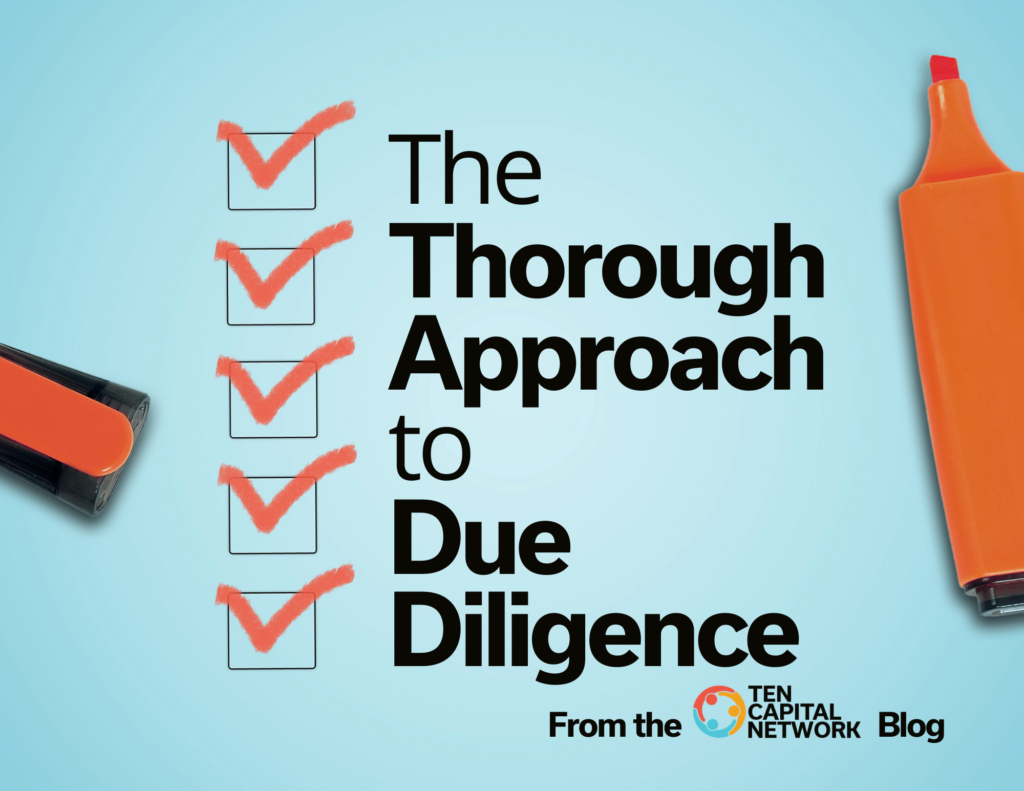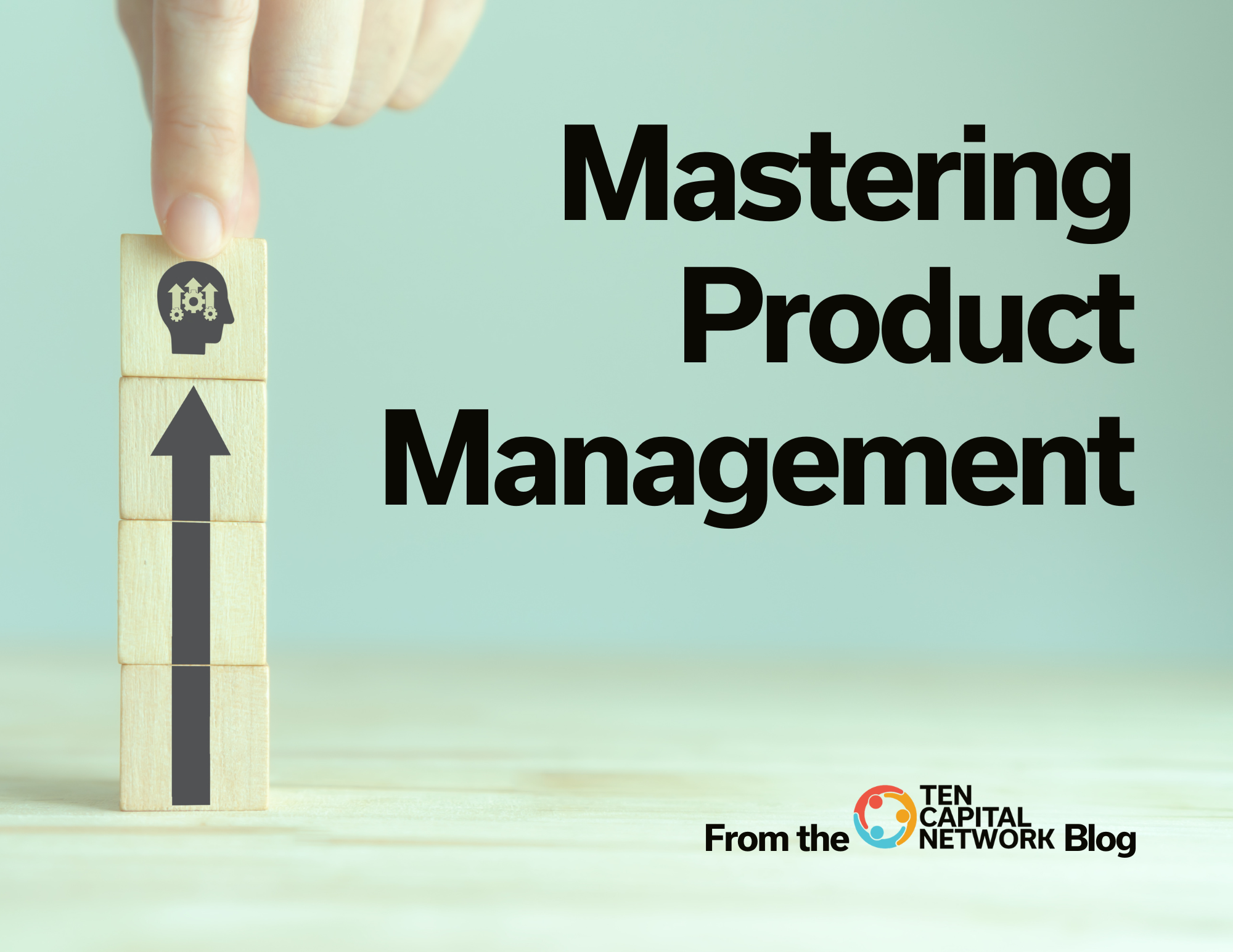3 min read The Thorough Approach to Due Diligence.
A startup investment goes through a series of stages.
The first stage is the pitch presentation, in which the startup introduces the deal to the investors.
Next comes a follow-up meeting where the investors can dig in to learn the details. After this meeting, investors typically take time to think about the deal and observe the startup as they continue to make progress.
The third stage is the due diligence phase. In this phase, investors review the startup’s documents, team, and market thoroughly.
If the terms sheet has been established by other investors, the investors review those documents. If not, the investor will negotiate the terms- including valuation.
This article will look at the due diligence phase in detail, outlining how to perform a thorough diligence approach.
The Thorough Approach
There are several approaches to due diligence. The most common is the “Thorough Approach. ” In this process, you review each aspect of the business and focus on the top items.
The main areas to cover in due diligence are:
Market
- What’s the market size (total, serviceable, beachhead?)
- How fast is it growing?
Product
- What is the state of the product, both technical and market?
- Does it solve a burning need or add a general value?
- What has actually been developed?
- What remains to be developed to go to market?
- Who has used the product, and what do they say about it?
Legal
- What contracts are in place?
- Are there any lawsuits?
Intellectual Property
- What patents have been filed/approved, and when?
- What trade secrets do they have?
Financials
- What revenues have come in?
- What financials are pending?
- What is the burn rate?
Capitalization
- What is the capitalization structure?
- Who are the major players?
People
- Who are the key players, and what are their roles and responsibilities?
- What contracts are in place with each key player?
Market Due Diligence
As an investor running due diligence on a startup, the key issue to focus on is the size of the market- the larger the market, the greater the growth potential of the startup. Luckily, there is rarely a need to pay for research since so much exists on the web. In searching the web, you’ll find research reports giving market sizes, trends, analysis, and more.
The key is to analyze the market at three levels:
- Total Available Market: Anyone the company could ever sell to
- Serviceable Market: The target market the company wants to serve
- Beachhead Market: The first niche the company will pursue
Ideally, the beachhead market would be a small yet well-defined group of companies that fit the startup’s current product. It doesn’t necessarily need to be the biggest or most lucrative market but rather the easiest to pursue. The startup should already have some interactions with the companies in the Beachhead market.
Team Due Diligence
The team is the most critical factor for an investor to analyze during the due diligence process. Since the startup likely has only a nascent product and some intellectual property, the team is the only thing that can really be dug into.
First, the investor team should review the resumes of those who are on the team or plan to join when funding becomes available. Placeholders of ‘We’ll look for someone later’ is a red flag. The CEO should know who they are planning to bring on. It is also important to find out how long the team has worked together and if they even have worked together in the past.
Next, look for domain knowledge: Who has it, and how current is it? Investors should also look for complementary skills. For example, if there is a team member who has complementary sales skills, will they spend their time selling the product? Or will the person who will build the product manage an internal development team? This question is still valid even if the startup is choosing to outsource. Outsourcing product development with no one actively managing it is a recipe for disaster.
Finally, look at ‘completeness’. Many successful teams follow the Designer, the Hacker, and the Hustler formula. The Designer knows the customer problem and plans the product development, including how it will be monetized and promoted. The Hacker is the developer who builds the product, and the Hustler is the one who sells it. Does the startup you wish to invest in have a formula?
Quantitative vs Qualitative Due Diligence
There’s a quantitative side and a qualitative side to due diligence. The quantitative side includes checking the list of documents in the data room to verify the accuracy of those documents.
For example, Do the entity filings match what the company claims to have? Do the intellectual property documents match what they claim to have?
The qualitative side of diligence includes evaluating the team and the growth prospects in the market, sizing up the competition, and predicting the company’s ability to execute. Somebody should do the quantitative side with industry experience as it requires more discovery. An analyst or assistant can help with the phase.
Read More from TEN Capital Education here.

Hall T. Martin is the founder and CEO of the TEN Capital Network. TEN Capital has been connecting startups with investors for over ten years. You can connect with Hall about fundraising, business growth, and emerging technologies via LinkedIn or email: hallmartin@tencapital.group





